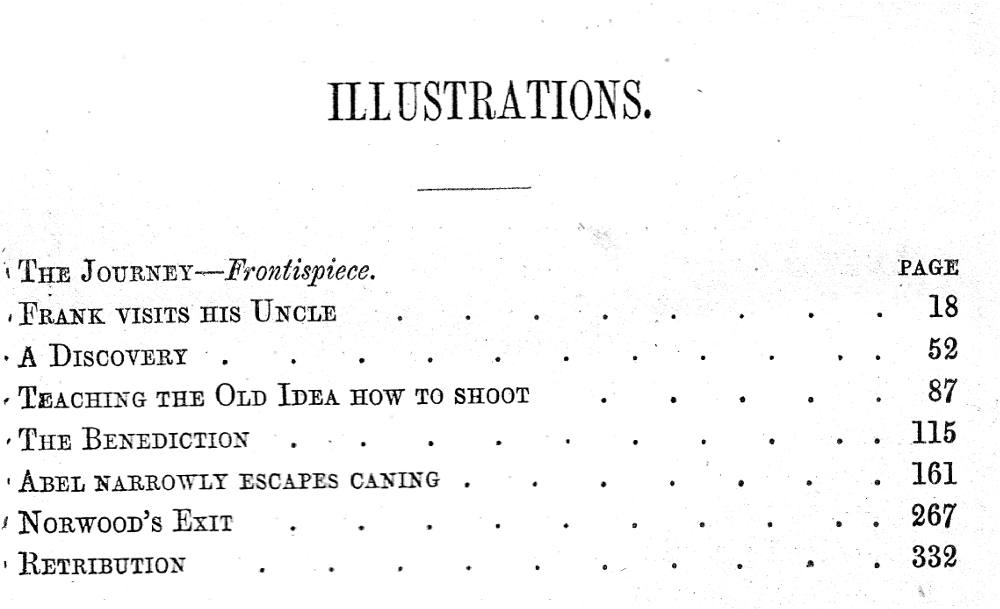A Floorer
Phiz
Engraver: Dalziel
1852
Steel-engraving
Vignette 13.5 cm by 9.4 cm (5 ¼ by 3 ¾ inches)
Charles Lever's The Daltons, or, Three Roads in Life (1852 edition; rpt., 1872), Chapter XXXVI, "A Street Recontre," facing p. 311.
[Click on image to enlarge it and mouse over text for links.]
Scanned image, colour correction, sizing, caption, and commentary by Philip V. Allingham.
[You may use this image without prior permission for any scholarly or educational purpose, as long as you (1) credit the person who scanned the image, and (2) link your document to this URL in a web document or cite the Victorian Web in a print one.]
Passage Illustrated: Onslow the Guardsman Plays the Saviour
"Is that a countryman of yours, Onslow?” asked a young Russian noble. “If so, the entente cordiale with France seems scarcely so secure as statesmen tell us.”
Onslow gave one glance through the window, and dashed into the street with a bound like the spring of a wild animal. He threw himself between Guilmard and Kate. The Frenchman lifted his cane, and the same instant he fell backwards upon the pavement, rather hurled than struck down by the strong arm of the young Guardsman. Before the lookers-on could hasten out, George had hailed a carriage, and, assisting Kate in, took his seat beside her, and drove off.
So sudden was the whole incident, and so engrossing the terror of poor Kate's mind, that she saw nothing of what passed, and was merely conscious that by George's opportune coming she was rescued from the insolent attentions of the stranger. [Chapter XXXVI, "A Street Rencontre," 311]
Commentary: Streaky Bacon Methodology Once Again
After the bland description of Lady Hester's dinner guests in Chapter 33's illustrations, alleviated by the physical comedy of Purvis's struggling to carry an arm-chair in Mr. Purvis procures a Chair for Kate, the reader is relieved to discover the dynamic street scene entitled A Floorer — a beautifully executed vertical plate involving a carefully rendered Florentine urban backdrop and vigorous physical action.
At the opening of Chapter 36, "A Street Rencontre," Lady Hester is being dunned by crowds of tradespeople with whom she has outstanding accounts. After separating from her rich husband, she cannot bring herself to beg him to come to her rescue. Her friend and confidant, Lord Norwood, offers to manage matters for her by issuing promissory notes for less than the outstanding balances to the coach-maker, the coiffeur, the jeweller, the wine-merchant, the table-decorator, and the fruiterer — until Norwood realizes that Lady Hester's immediate needs amount to thousands rather than hundreds of pounds. In the midst of this hubbub, an English traveller arrives post-haste from Genoa. When, however, Norwood enters the palace's courtyard, all the creditors have mysteriously decamped, apparently as a result of something the mysterious traveller said to them.
And now we come to the scene realised, as Norwood encounters Kate Dalton making her way home through the slippery streets of the Piazza Santa Trinita, ablaze with gas-lamps. In the drizzling rain, Kate now passes the Cafe of the Piazza, packed with idle loungers smoking cigars and discussing current affairs. In a back apartment, George Onslow is playing dice with a levantine sharp, and losing. Suddenly the idlers remark upon the beautiful young "princess" passing the cafe. As a French nobleman tries to foist himself upon Kate, George Onslow comes to her rescue.
George's adversary, Guilmard, despite being armed with a cane, is no match for the tall, muscular Englishman, and totters backward, dropping his cane, pushed down by his adversary's superior strength. Phiz does not depict the crowd of idle "lookers-on," but focuses entirely upon the three principals. Presumably the carriage that George is about to hail is one of those in the background. Even the abbe, not mentioned by Lever, takes no notice as the Frenchman receives his comeuppance. Phiz does not include Viscount Norwood, and Lever drops his perspective as soon as George rescues the damsel from the foreign masher.
Commentary: A Floorer retained from the 1852 edition
Of the original forty-eight illustrations in the first edition of 1852, Lever's publishers, Chapman and Hall, retained only a total sixteen plates, for the most part vertically oriented scenes of comedy and action like this one in the Cheap Edition of 1859. Since the reprinted version divided the volume in two, and began re-paging where the first part ended at Chapter 41,"A Sad Household," after page 361, "End of Vol. I," the list of illustrations was also split: eight are listed on page vi (Vol. I) and another eight on page iv (Vol. II). Undoubtedly cost was a determining factor in thus reducing the number of plates from forty-eight (1852) to a mere sixteen (1859).


Of these eight illustrations retained for the first part of the Cheap Edition, only the last, Grounsell brought to bay (Chapter 40), is not vertical in its orientation, and all eight are dynamic scenes of physical action and comedy. Three of the eight in the "second volume" are horizontal rather vertical in their orientation.
Bibliography
Lester, Valerie Browne. Phiz: The Man Who Drew Dickens. London: Chatto and Windus, 2004.
Lever, Charles. The Daltons, or, Three Roads in Life. Illustrated by "Phiz" (Hablot Knight Browne). London: Chapman and Hall, 1852, rpt. 1859, and 1872.
Lever, Charles James. The Daltons, or, Three Roads in Life. http://www.gutenberg.org//files/32061/32061-h/32061-h.htm
Victorian
Web
Illustra-
tion
Phiz
The Daltons
Next
Last modified 2 April 2022
